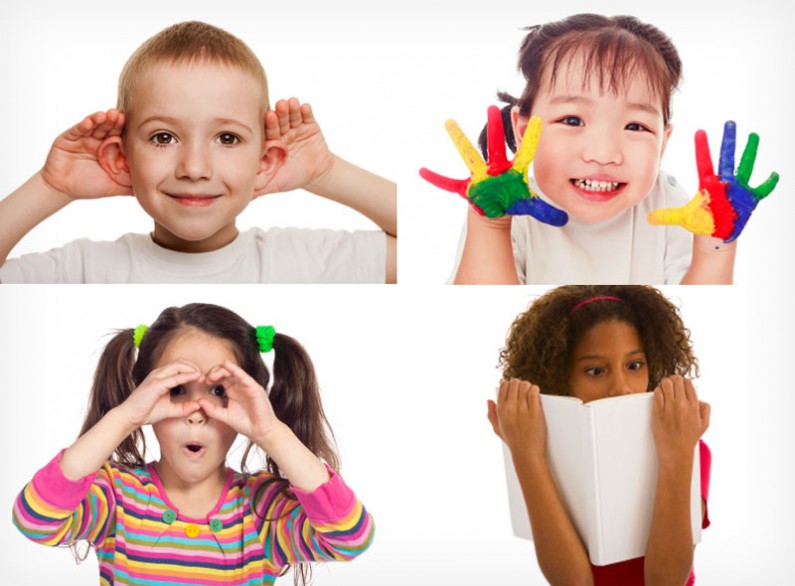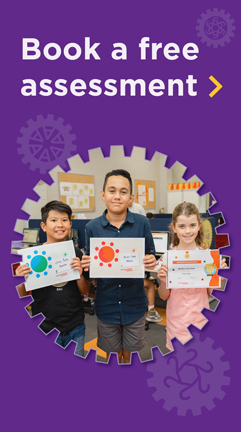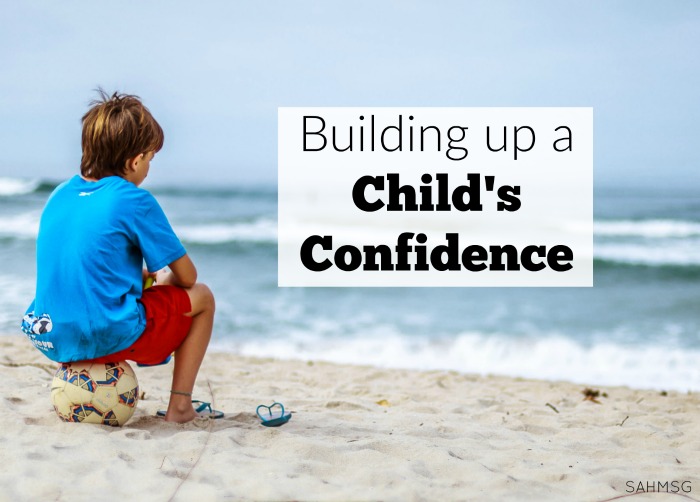What type of learner are you?

They say “the early bird catches the worm” and you learn best by repetition, repetition and repetition. These are clichés we have all heard throughout our lives, but do we rely on them in the wrong ways? After all, as we pick things up in different ways, is it fair to drive ourselves, or our children, crazy trying to learn using a method that just doesn’t fit them?
Einstein once said, “I never teach my pupils. I only attempt to provide the conditions in which they can learn.”
Although we all like to be shown how to do something, the best knowledge retention for children should involve learning the way that is most suitable for that child’s personality. Researchers have found that often in classrooms children do not have time to experiment through games, study and observation, which may be the best methods for your child. We can’t blame schools for that really, they have thirty children in a class and we are likely to know our children far better.
Your child won’t just have one preferred learning method, but we at Numberworks’nWords have provided the key ways in which people learn. Keep reading to find out how we can best help your child.
Visual learners:
Visual learners are people who thrive with history timelines and love to see information and relationships between ideas on paper. Chances are, if you give a visual learner a list of instructions verbally, it will go in one ear and out the other. But if you write it down, they will be able to finish the list easily and stay on task. Visual learners are often very logical so if they need to learn/memorise something, make it clear why it is important and build the relationship between concept points.
Things to do:
This type of learner works best with images, graphs and charts, so allowing them to display their revision charts in appropriate work spaces will help them retain the information easier.
Things to be wary of:
A visual learner will need more time and practice to build up their auditory skills, whether it is learning a language or following an instruction, so give them extra time and link it to something written as much as possible.
Auditory learners:
Give an auditory learner a song and they will pick up the beat and content in no time. These learners retain heard information the easiest, so things like spoken information, poetry and songs are perfect for them. They also may be more sensitive to atmospheres and the sounds within them, so try playing calming music whilst they study and see if this helps them concentrate and retain information easier.
Things to do:
Turn things into song as much as possible whether it is their ABCs and times tables, or a self made rap about how to remember types of poetry, it will serve them well. Repetition and a steady beat are their best friends.
Things to be wary of:
Things that are visual or require them to physically do things will require much more time to remember. Verbally whispering the information and finding links between content will help them immensely with test revision.
Writing and reading learners:
These learners are what they say on the tin writers and readers. This is great for a lot of traditional subjects like English and history, but they may struggle to tackle other subjects like music or science.
Things to do:
Work with their strengths, if they prefer writing a timeline out in bullet points, one under the other, then let them. This type of learner thrives on applying what they have learnt, so writing mock essays will be their friend.
Things to be wary of:
Chances are they may be harder to adapt to the other skills. Writing and reading are the skill we emphasis throughout school so working with other forms of learning may have to be pushed outside of the classroom with things like a music class or a sports team.
Kinaesthetic learners:
Kinaesthetic learners like to move. They work best on their feet and often need to experience something tactically to full get their heads around it. If someone is described as “good on their feet” they are often described as a kinaesthetic learner
Things to do:
Have as much interaction and physical forms of learning as possible. Role play is brilliant or saying something whilst they are moving is brilliant for them.
Things to be wary of:
Exams are, for the most part, not done moving around. Kinaesthetic learners will need to work on channeling their energy and may need to use their fingers as a way of remembering. This is best applied to your nine times tables.
We at NumberWorks'nWords understand the different ways in which children learn. We can help your child in a way that best suits them. Our learning programmes are tailored to the needs of each child. If you would like to find out more about how NumberWorks'nWords can help you child, visit numberworksnwords.com.uk and book a Free Assessment and Introductory lesson.



